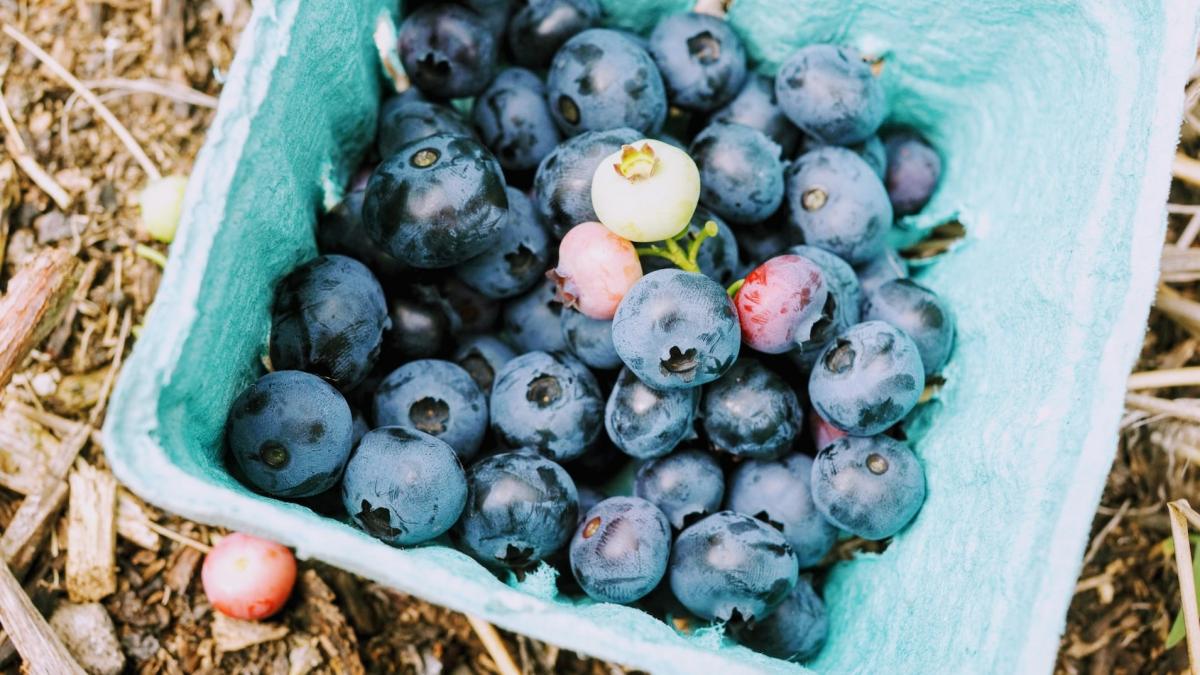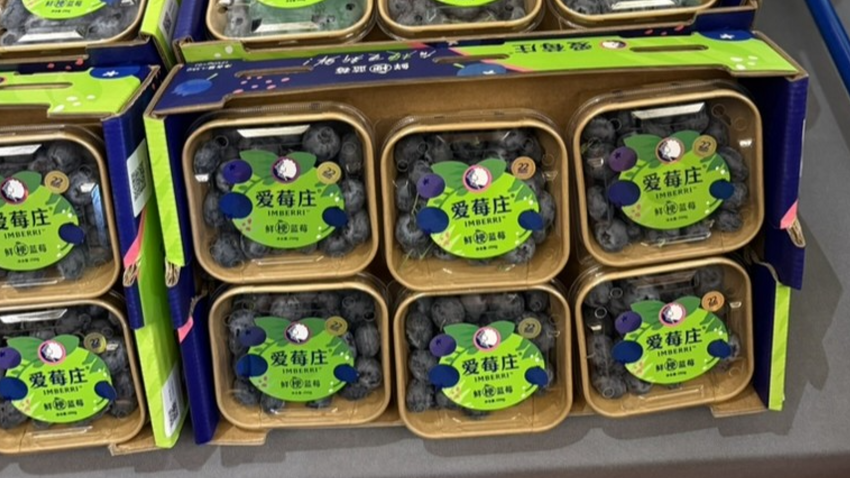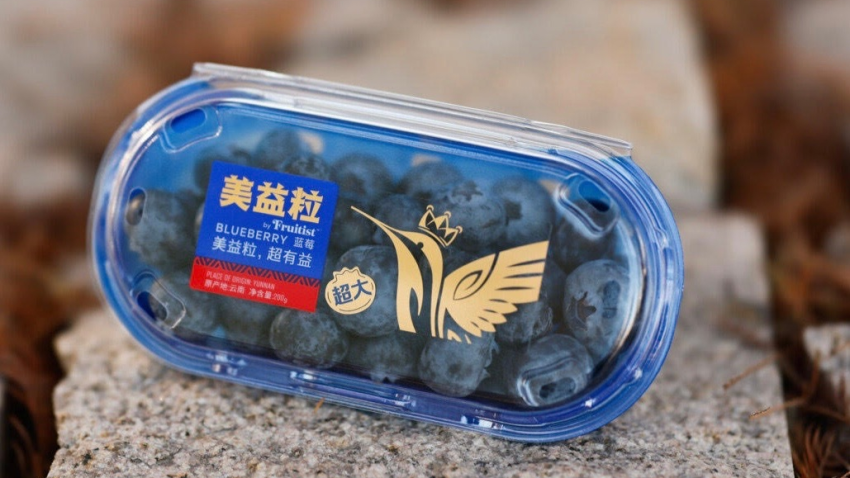You are here
Back to topChina Still Peru’s Third-Largest Export Market for Blueberries

According to the International Blueberry Organization, Peru shipped 275,837 metric tons of blueberries in 2022 to become the world’s biggest blueberry exporter for the fourth consecutive year. Total exports for the season by the end of the 2022/23 campaign were previously estimated to hit 285,000 metric tons, corresponding to a 30% increase compared with the 2021/22 campaign (216,842 metric tons). Agroperú Informa, however, reported that by the end of February the export volume had already reached 324,565 metric tons, with shipments having doubled in the preceding weeks.
Exports to China alone are reported to have totaled 26,027 metric tons since the beginning of the campaign in June of last year. Even though exports typically peak between August and December, smaller quantities of blueberries continue to be shipped to their destination markets in the subsequent months. During the previous campaign, China’s imports wrapped up at 27,074 metric tons.
With respect to prices, China remained the export market that paid the most for Peruvian blueberries last year. In contrast to the United States and the European Union, Peru’s first- and second-largest blueberry export markets, respectively, which both paid approximately $4.80 per kilogram, China paid $5.97 per kilogram. The average export price fluctuated throughout the year, with the lowest price registered during the peak season in December ($5.32 per kilogram) and the highest price observed during the low season in June ($8.53 per kilogram). Overall prices were slightly lower than last season, when China paid $6.38 per kilogram. The recent decline in prices is mainly attributable to the growth in export volume.
Peru has vastly increased its blueberry production in recent years, with new varieties continuously being added to the country’s cultivation portfolio. According to Proarándanos, Peruvian growers were growing only 13 varieties in 2016, whereas this number had risen to 46 by 2020 and over 60 by the end of 2022. The validation of new varieties is reported to take a certain amount of time owing to the need to consider multiple factors, such as adaptation to the climate, flavor characteristics and shelf life, where the latter is of particular relevance for shipping to China. Despite this relatively long procedure, Peru’s previous leading variety Biloxi, which accounted for 60% of production by planted area in 2016, has been gradually substituted by other varieties, causing it to account for only 25% of planted area in 2022. These new varieties include Ventura, which accounted for 32% of planted area in 2022. A more diverse array of varieties is considered to provide greater opportunities for meeting customer tastes and realizing a wider price range.
Besides conventional production, Peruvian growers have recently embraced the cultivation of organic blueberries, trying to reduce the use of chemicals and minimize water consumption.
There remains some market uncertainty due to the political tensions that arose in Peru in December — a peak time for blueberry exports. Berries as well as other fresh fruit are vulnerable to logistical delays, such as those caused by road blockades during the protests. Carlos Gereda Cornejo, executive president of Inka’s Berries, said in a recent BBC interview that the industry had been badly hit as many growers had to stop exporting. At present, however, shipments have been declared to be back on track. Even though some losses occurred in December, Peru was once again able to end 2022 as the world’s leading blueberry producer.
Image: Unsplash















Add new comment